Featured in this section
AA summer school
Bio-ID
Fogo Island and Shorefast
Great Green Wall
Isla Urbana
Kamikatsu Community
Fernando Laposse
Nina Mršnik and Lucia Massari
Joar Nango
Olaniyi Studio
Pomelaj
Social Design Collaborative
Xu Tiantian and DnA_Bejing
1
Indus
Shneel Malik, Dr Brenda Parker and
Prof. Marcos Cruz, (Bio-ID Lab, UCL) with Richard Miller (Froyle Tiles) and Frederik Peterson (UCL)
Scientific Support: Dr Laura Stoffels (UCL) & Dr Deepak Rawat (Delhi University)
2018–ongoing
Clay and algae-laden hydrogel
Small-scale artisans in India face a challenge in how to manage wastewater treatment with limited resources. Indus is a modular wall system constructed from ceramic tiles that purify water through bioremediation. Inspired by the architecture of a leaf, the tiles’ vein-like channels hold a seaweed-based hydrogel containing microalgae that can extract heavy metals like cadmium from wastewater.
Image courtesy of Dr. Shneel Malik and Martyna Marciniak
2
Isla Urbana
2009–ongoing
Isla Urbana is a rainwater harvesting project for Mexico where millions of people lack secure access to water, although rain is plentiful. A rainwater harvesting system can provide a family with a sustainable source of water while preventing flooding and reducing the pressure on overexploited aquifers.
3
ModSkool
Social Design Collaborative
2016–2019
This modular design for a low-cost school can be built in a few days and dismantled in a few hours. It was conceived as a solution for Delhi farming communities that face a constant threat of eviction because they do not have formal land tenure.
Photo: Suryan/Dang
4
Regeneration with Agaves
Fernando Laposse
2021
Fernando Laposse has revived the indigenous tradition of terracing with agaves to restore degraded ecosystems, help replenish groundwater and support local communities in Tonahuixtla, Mexico. Agave leaves produce the pale sisal fibre which Laposse uses to make his design works.
Film still from Regeneration with Agaves by Fernando Laposse, 2021
5
Pomelaj
1998–ongoing
Corn husks, leather
Pomelaj is a collective in the northeast of Slovenia that employs disabled people to learn, preserve and pass on the traditional craft of weaving with corn husks and willow. The weavers work with flint maize husks, a type of corn indigenous to the Prekmurje region.
6
Economic Nutrition
Shorefast and Fogo Island
2015–ongoing
The Economic Nutrition concept is based on the food nutrition label system, adapted to give the buyer of goods or services a breakdown of where their money goes and who benefits from it.The system was invented to promote sustainable tourism on Fogo Island in Newfoundland, Canada.
7
Urban Spa: The Lost and Found Healing Sulphur Springs of Meidling
Maria Covrig, Alex Gahr, Daniel Koller, Zorana Sotirov
Mentors: Aljoša Dekleva, Aline Lara Rezende, Amanda Sperger and Jakob Travnik
2020
The AA nanotourism Visiting School came out of BIO25 in 2014. It proposes an alternative, socially responsible model to top-down tourism through experiential interventions in the urban environment. AA nanotourism’s Urban Spa project proposes to re-introduce small-scale public bathing in the natural sulphurous spring water in Theresienbad, Vienna.
8
Tofu Factory
Xu Tiantian and DnA_Design and Architecture Beijing
2018
The Tofu Factory is a vernacular wooden building that houses the community’s traditional tofu-making workshops, preserving this intangible cultural heritage. Songyang is a formerly declining rural region which Xu is working to regenerate through a series of carefully selected, focussed interventions which described as ‘Architectural Acupuncture’.
Photo by Wang Ziling
Exhibition Section
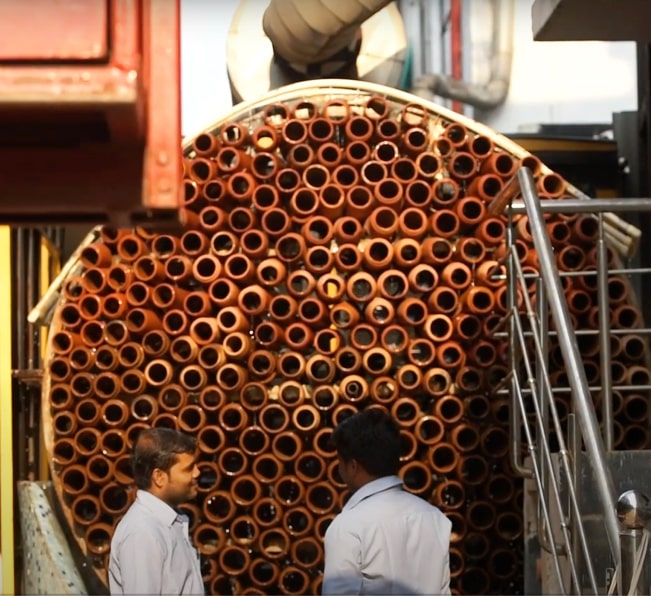
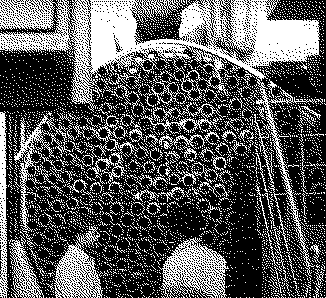

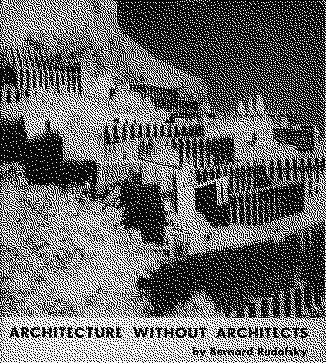
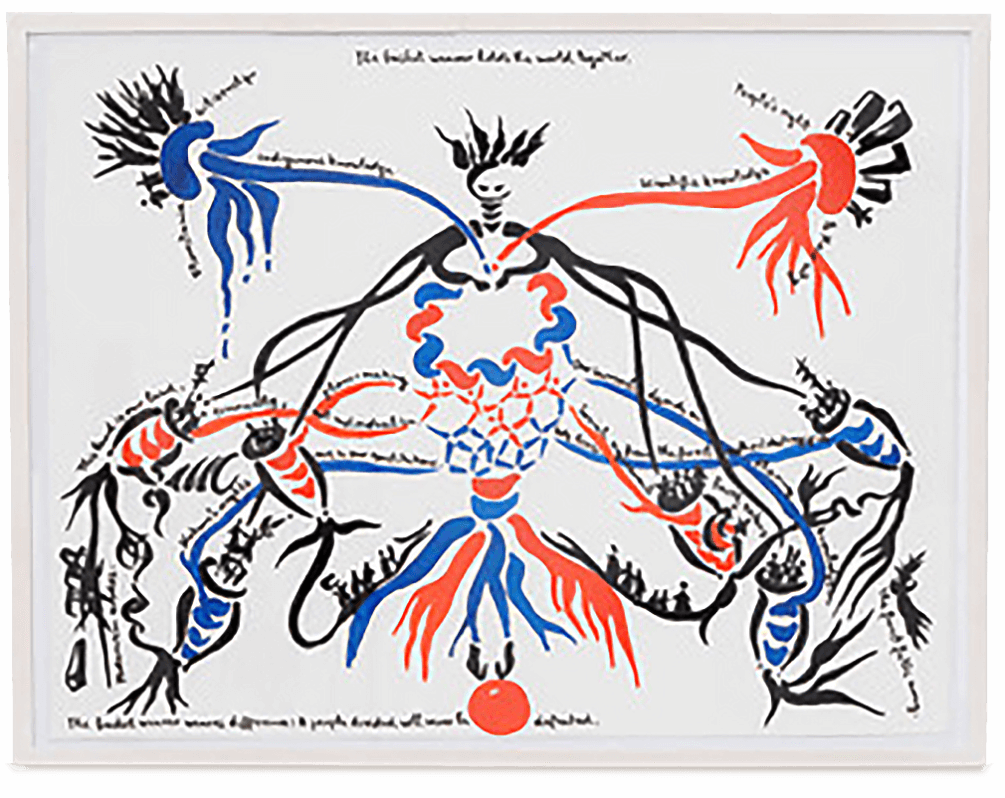
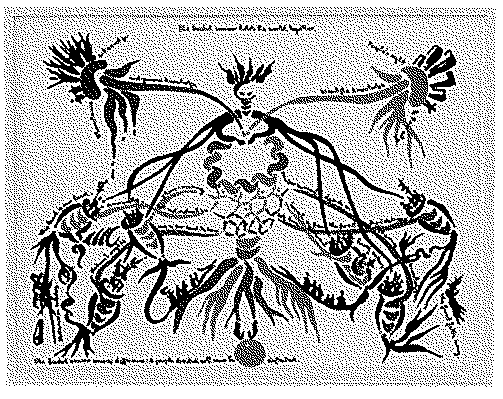
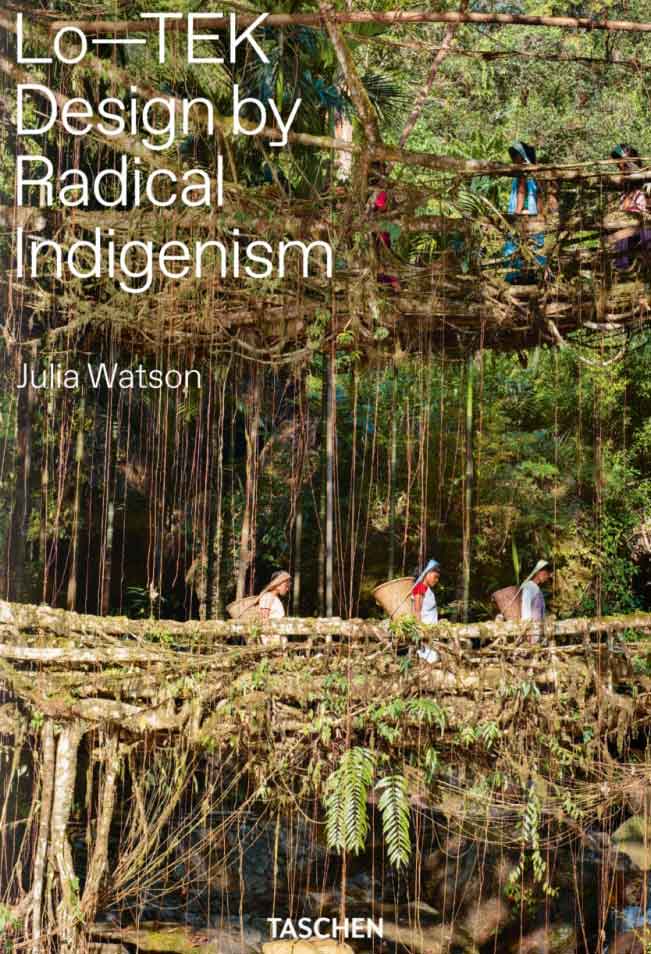

An assemblage of objects and ideas from different eras and culture that underpin the Super Vernaculars movement.
Exhibition Section
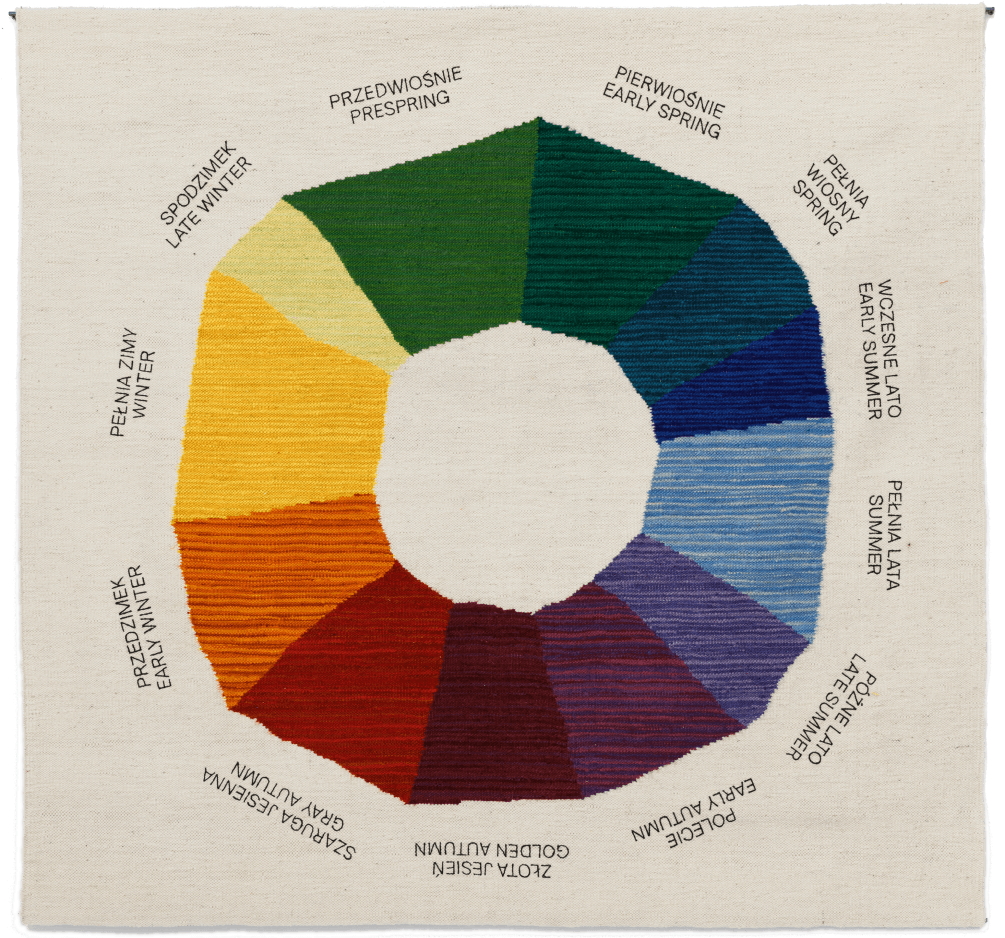
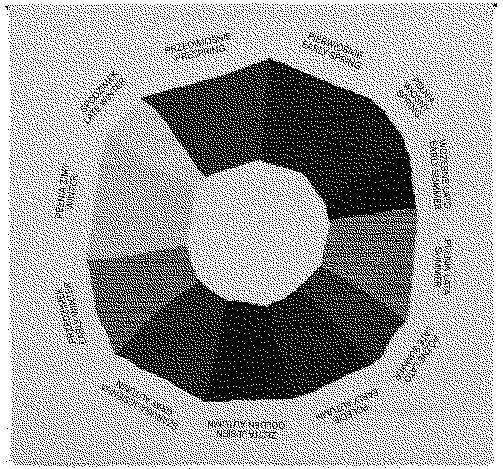

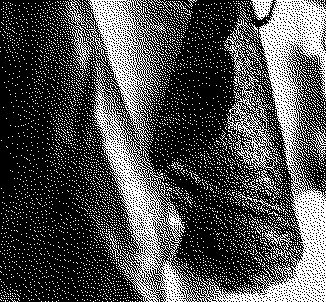
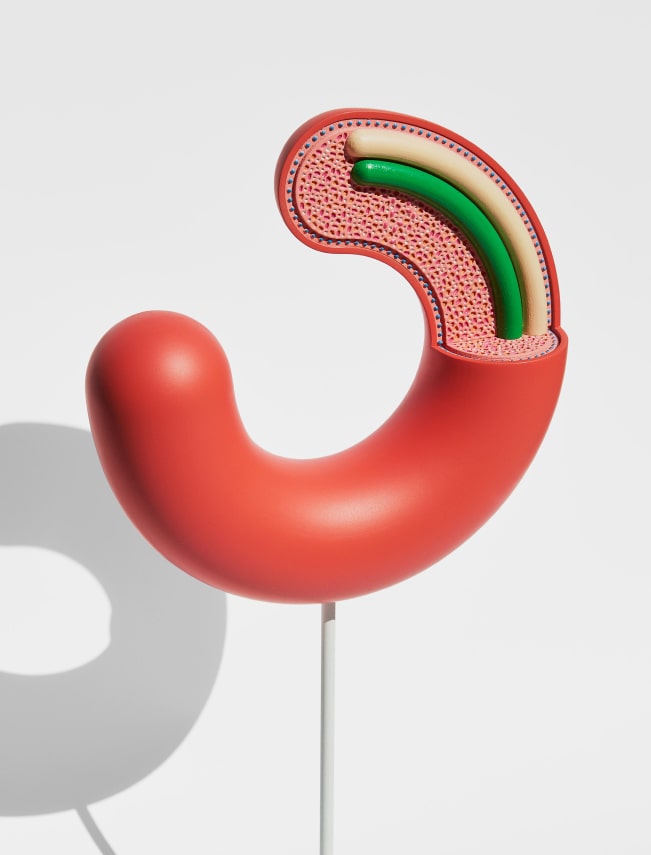
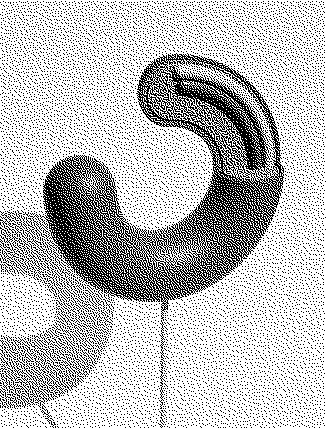
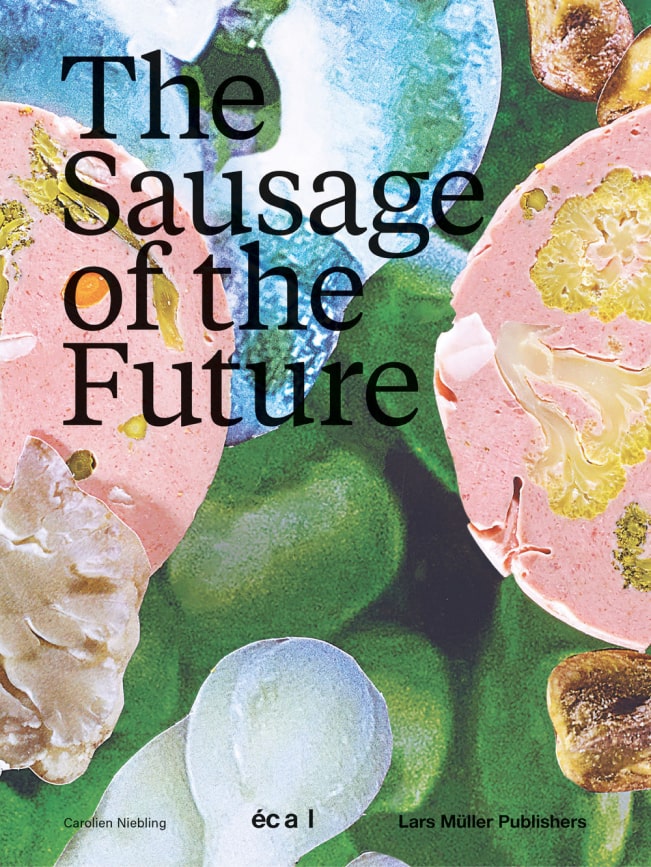
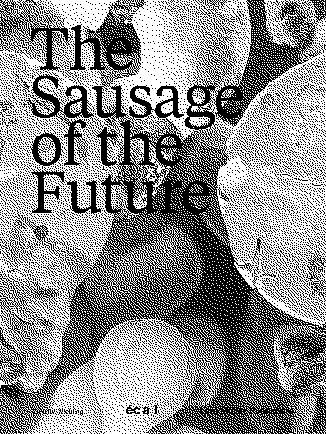
Designs that subvert, reimagine and adapt traditional ideas and deep-rooted practices to address contemporary needs and challenges.
Exhibition Section
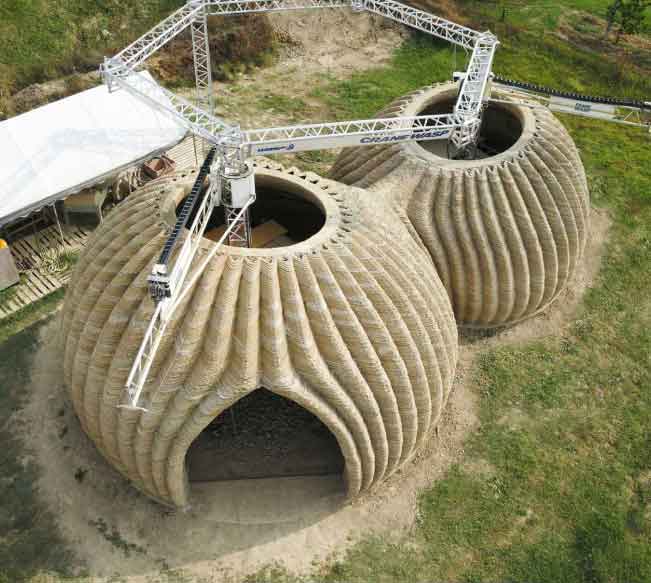
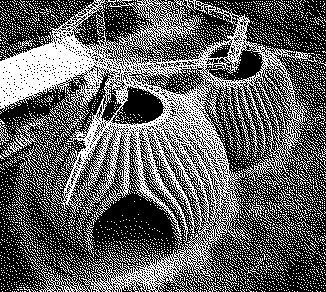
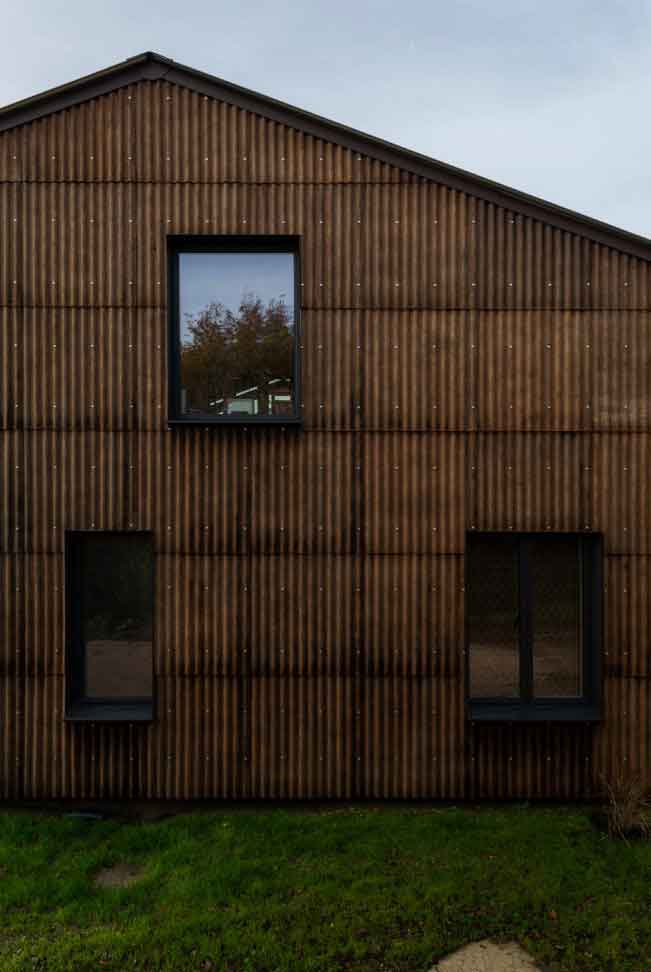
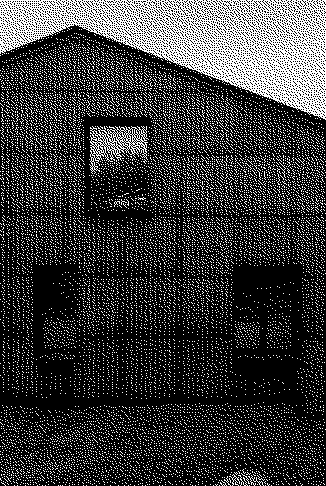
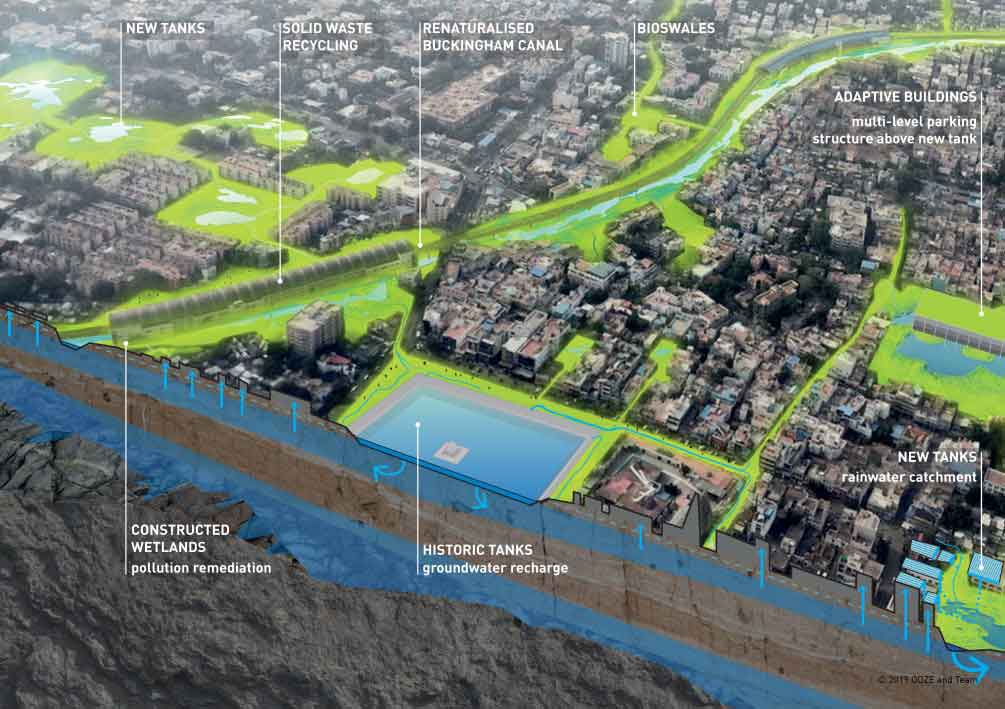
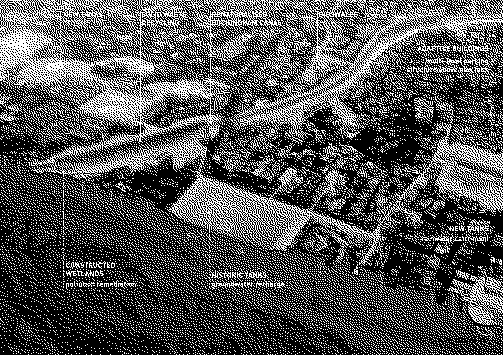
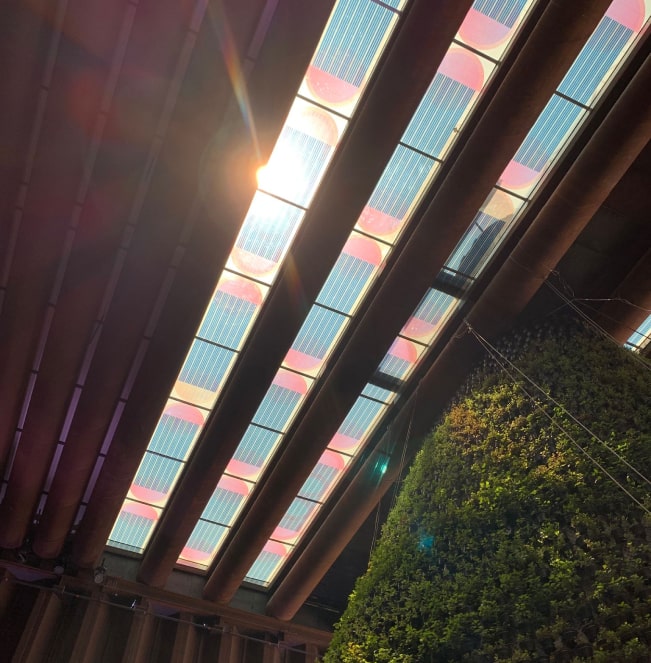

Approaches foregrounding regenerative systems and enabling ways of living that establish a reciprocal relationship with the environment.